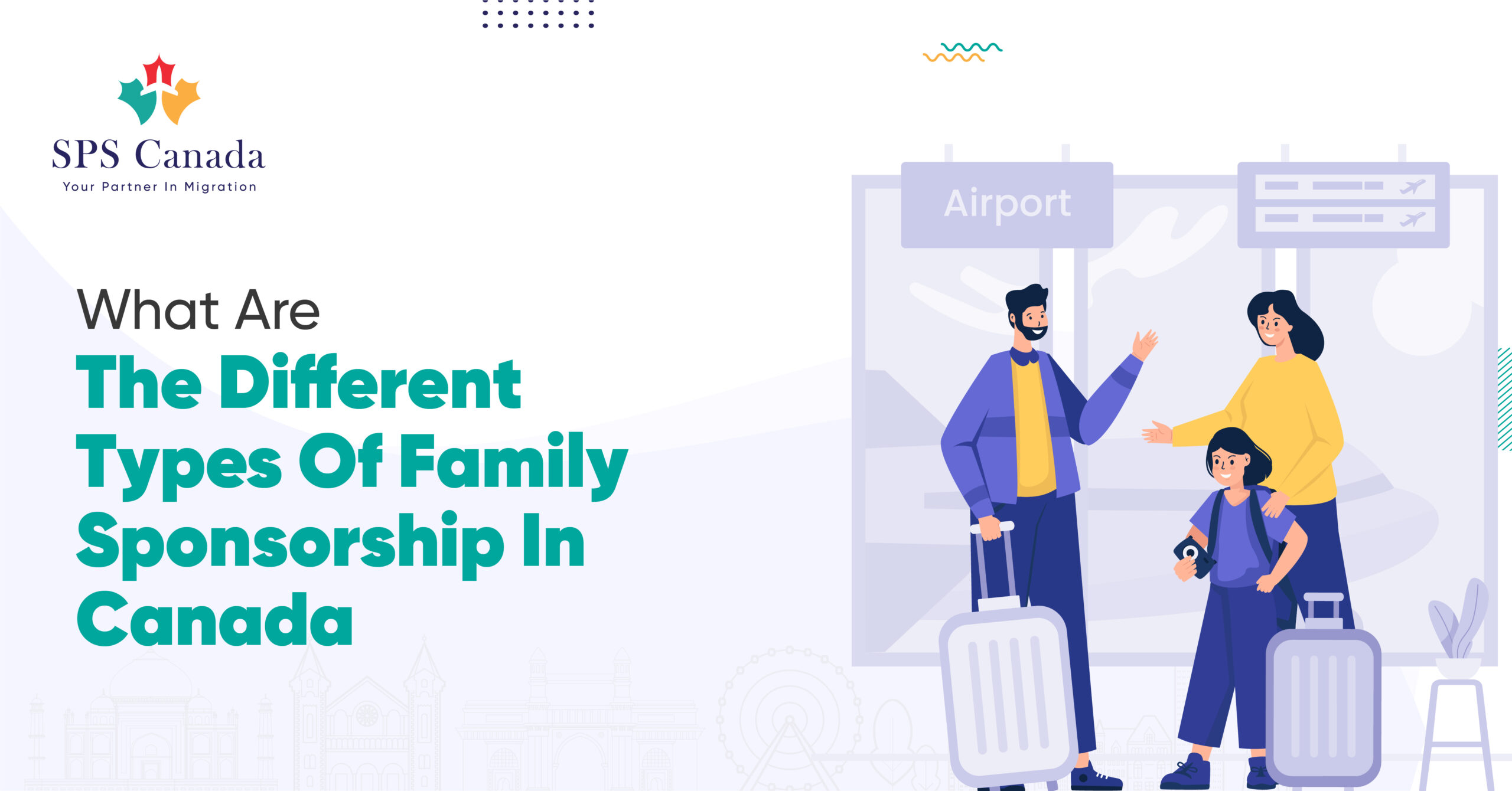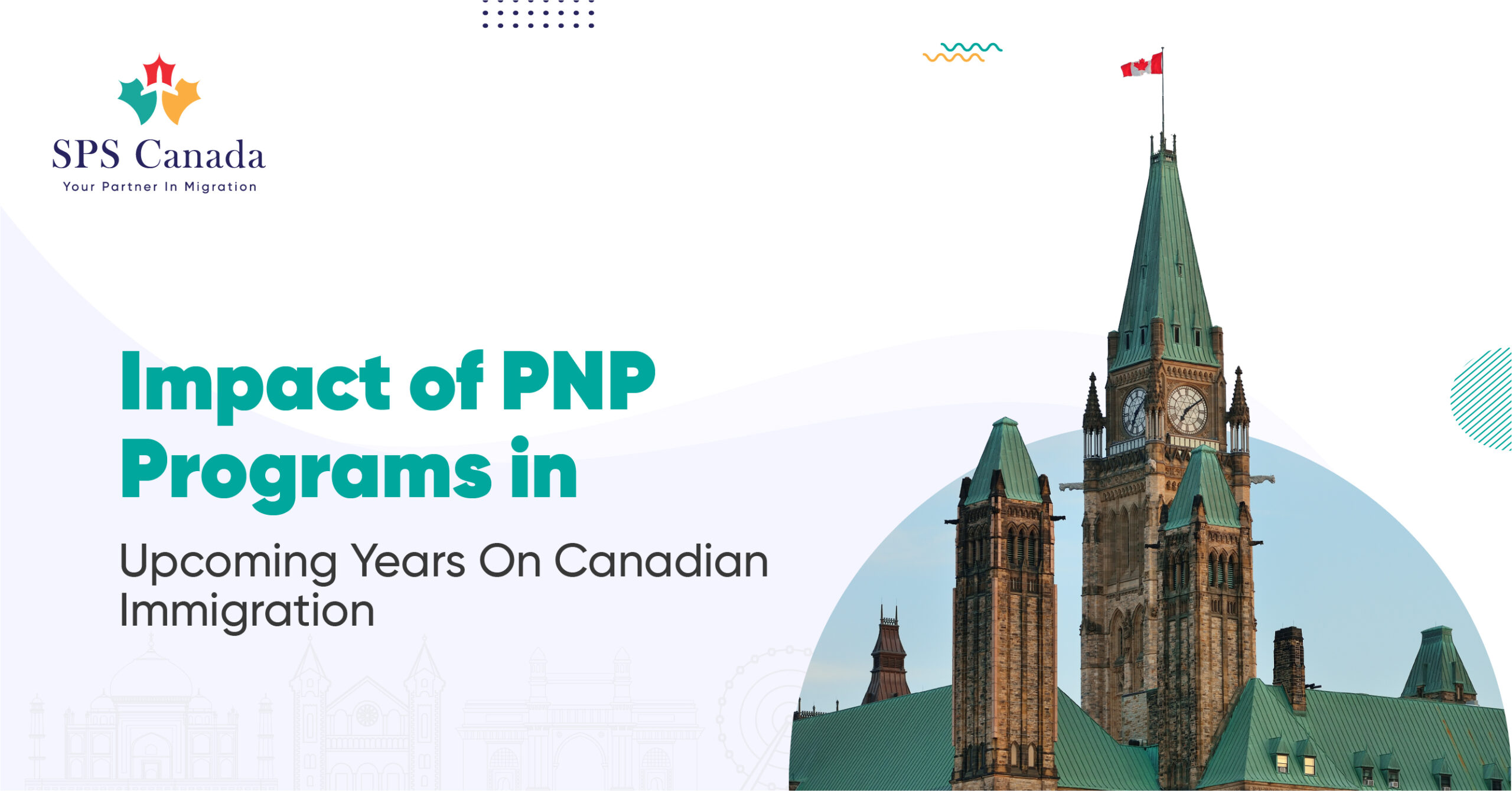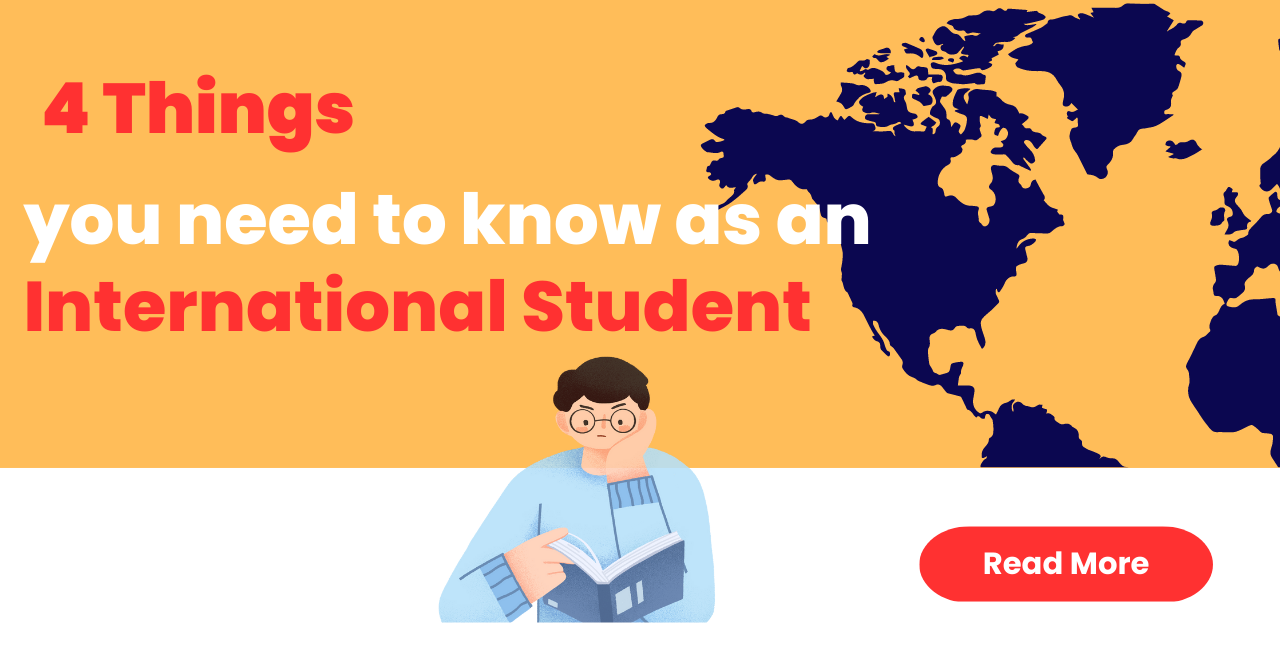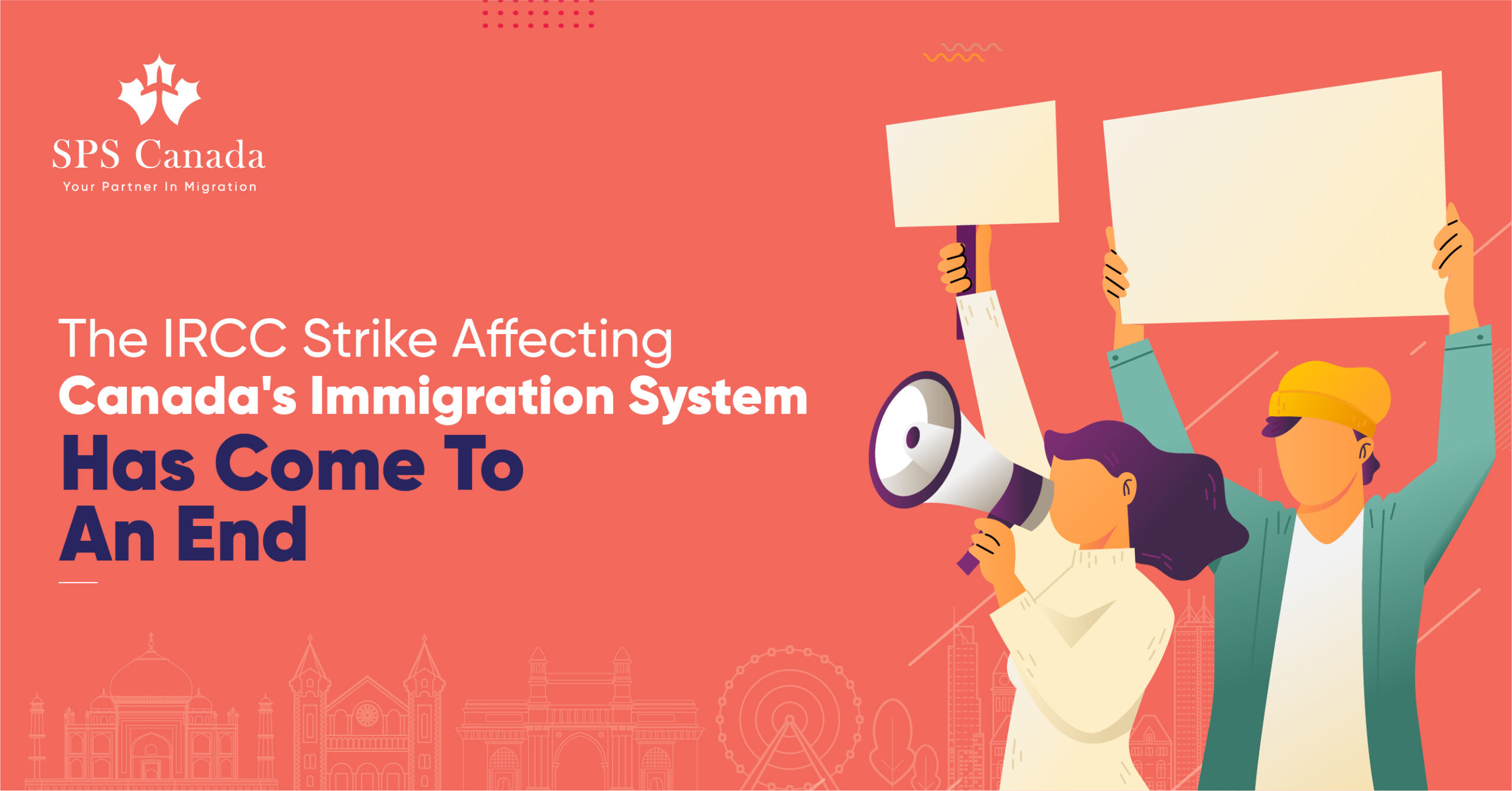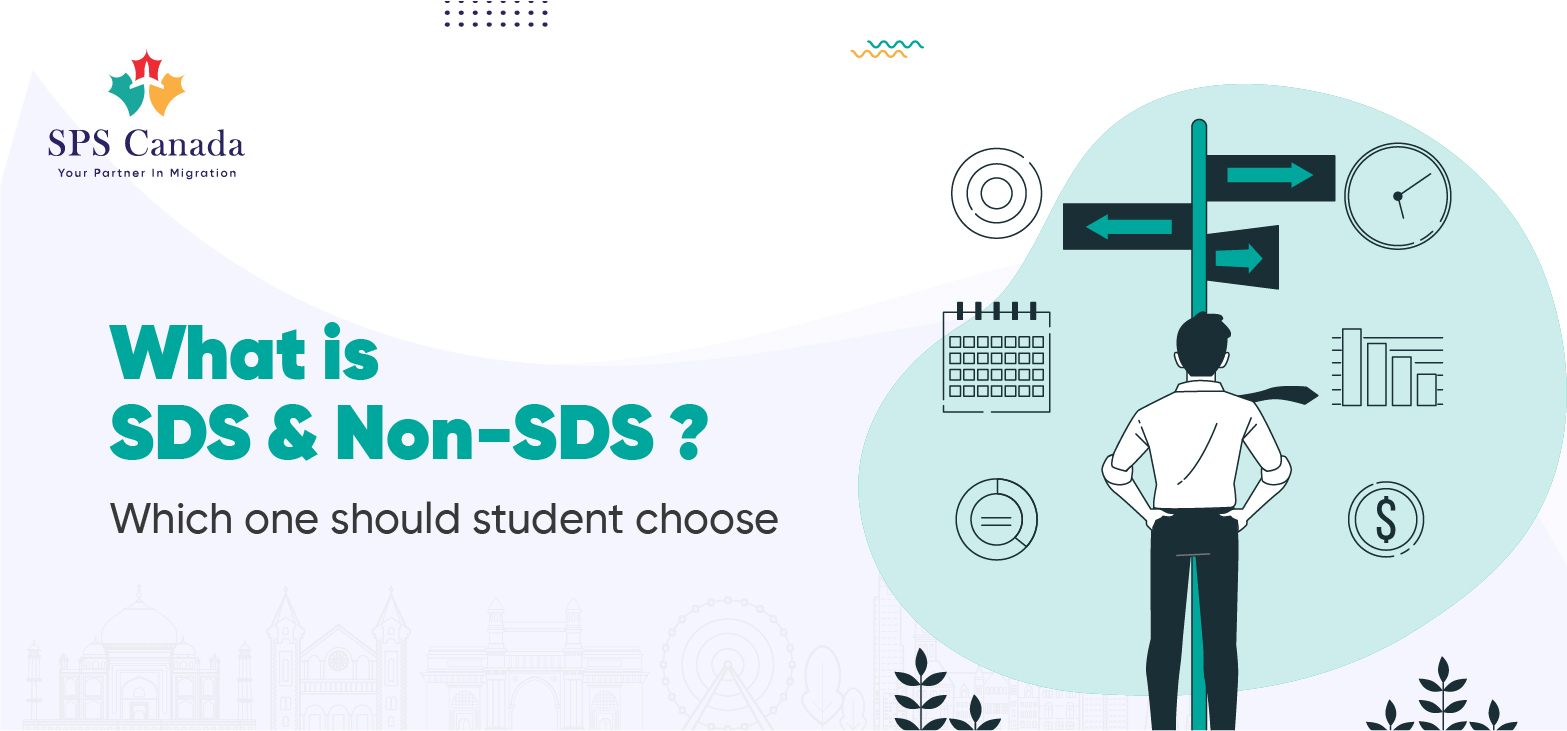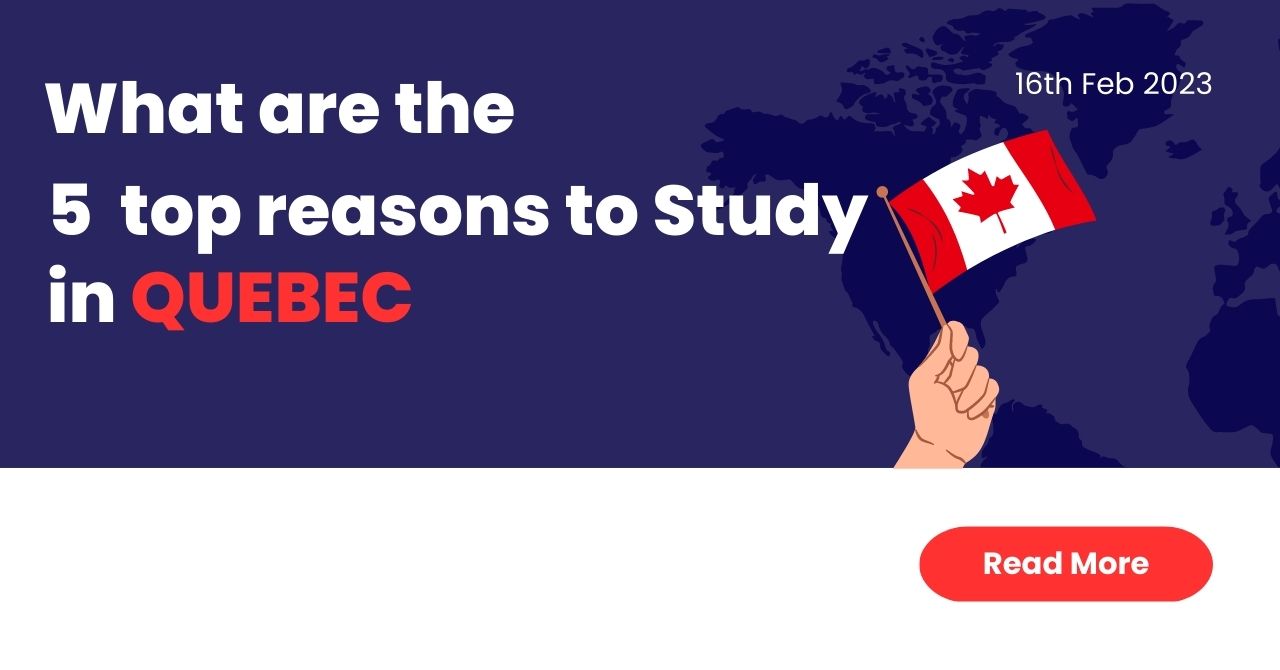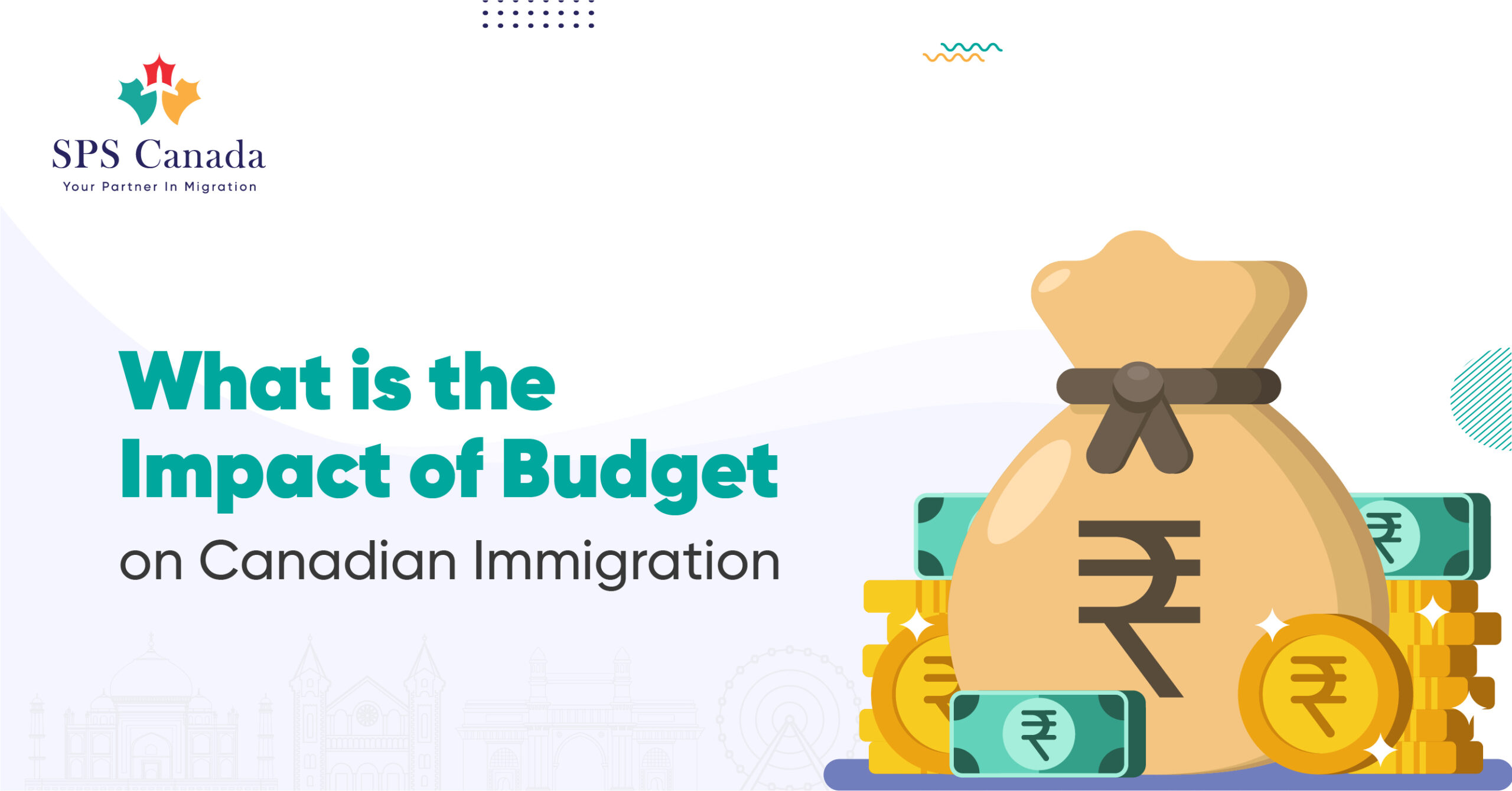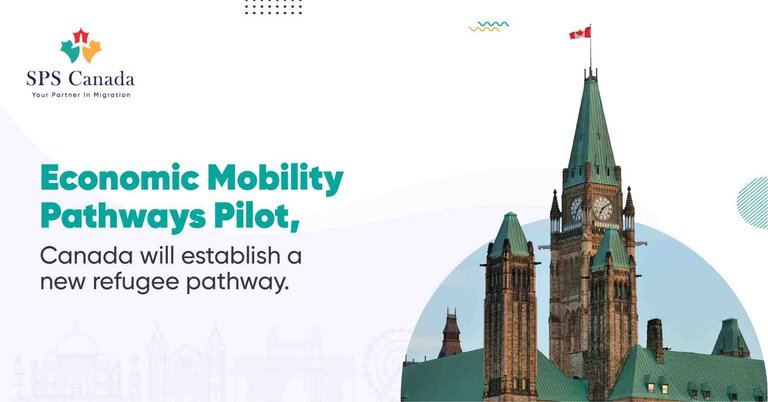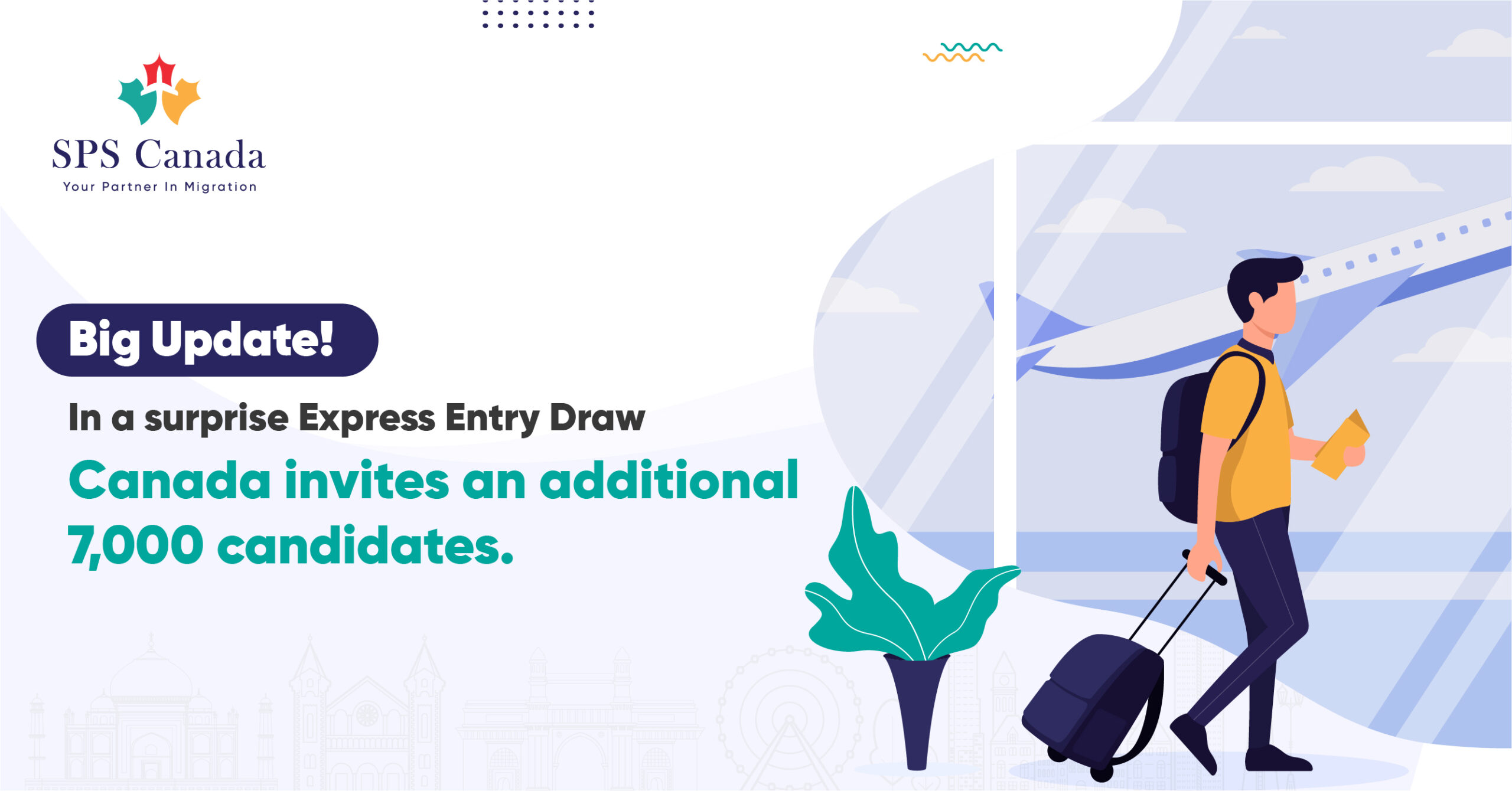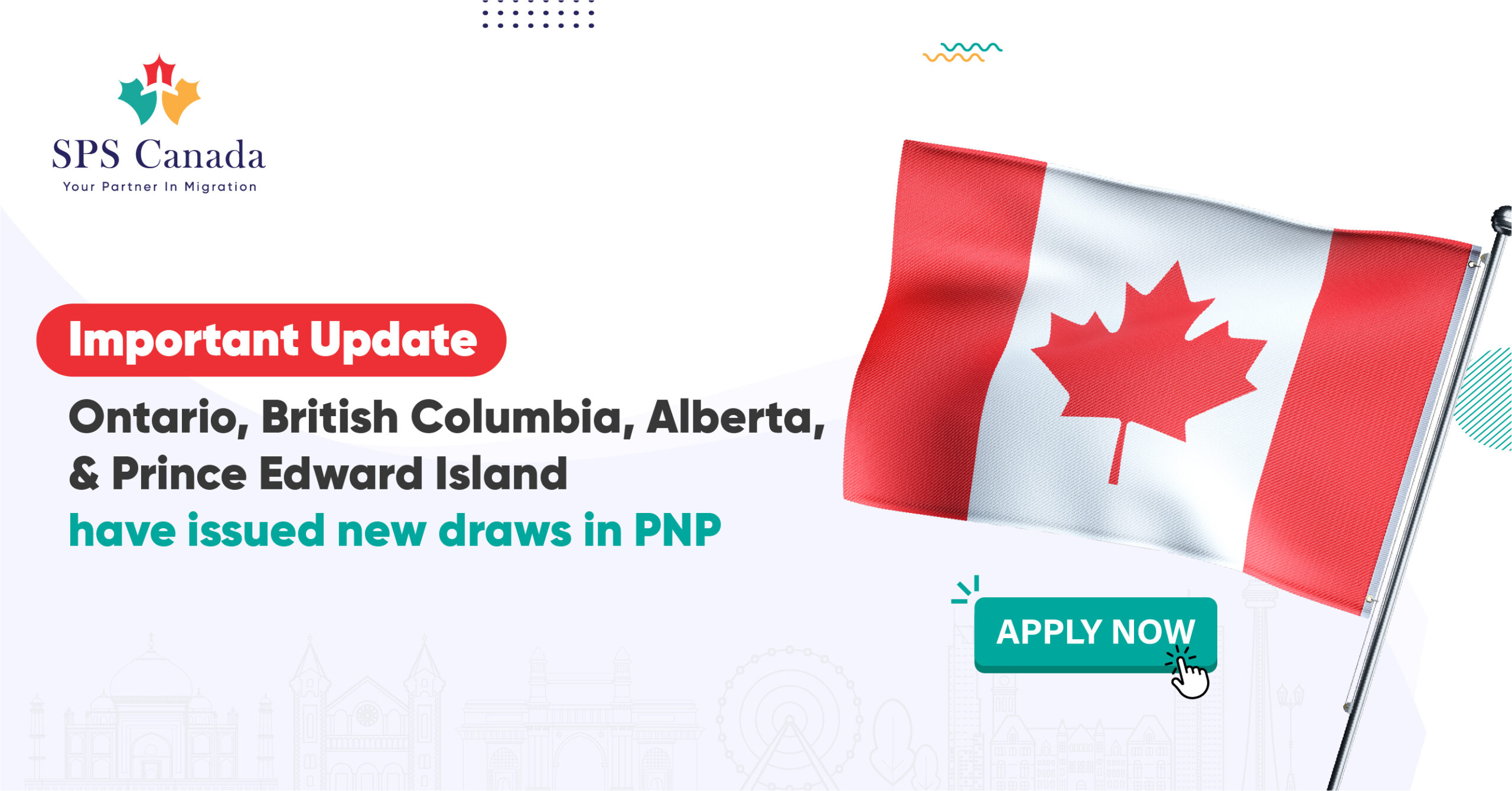The Canadian government offers various sponsorship programs that allow Canadian citizens and permanent residents to sponsor their family members for immigration in Canada. A family reunion is an essential aspect of immigration policies in Canada, let’s learn more about different types of Sponsorships
Types of Sponsorships in Canada
Know more about Spousal Sponsorship:
Spousal sponsorship means sponsoring your married partner in Canada. According to Canadian law, a marriage will only be considered if it took place legally.
A Spousal open work permit allows sponsored individuals to work in Canada while their sponsorship application is being processed. Since Canada recognizes common-law partnerships, you may be eligible to apply for spousal sponsorship if you and your partner are not married but have been living together for a period of at least one year.
Spousal work permit- PR Dependent/Citizen Dependent.
Spousal open work permit ( Temporary )- If you are an international student bringing your spouse or partner with you to Canada, they may be eligible for an open work permit that will allow them to work on or off campus full-time while you study.
Spousal PR (Permanent)-The Sponsorship program permits citizens and permanent residents to sponsor their foreign national spouse, common-law partner, or conjugal partner to immigrate to Canada and attain permanent residency. Around 80,000 new applicants are received by Canada under this program annually.
Requirements for Spousal Sponsorship
- They must be in a genuine relationship with a foreign national who is a permanent resident or citizen of Canada, or who is the principal applicant for immigration to Canada.
- They must qualify to apply as the spouse of a qualifying foreign national, or as an in-Canada sponsorship applicant.
- They must not have any criminal or medical inadmissibility issues that would prevent them from being allowed into Canada.
- Not only this, but you also need to show that they will abide by the laws and will once their work permit ends.
What is Conjugal Partner Sponsorship
There is a significant degree of attachment between the two of you, not just a physical relationship but an interdependent relationship to this is known as Conjugal Partner Sponsorship.
Eligibility for Conjugal Partner Sponsorship
- The two of them are not legally married to each other or in a common-law relationship with each other
- They should be at least 18 years old
- Has been in a relationship with you for at least 1 year
- Lives outside Canada
- Can’t live with you in their country of residence or marry you because of significant legal and immigration reasons such as:
- Their marital status (for example, they’re still married to someone else in a country where divorce isn’t possible)
- Their sexual preference (for example, you are in a same-sex relationship, and same-sex relationships are not recognized, or same-sex marriage is forbidden where they live).
What is Parent and Grandparent Sponsorship?
A unique immigration program that allows both Canadian and permanent residents to sponsor their own parents and grandparents in Canada. there two type of visa in this Category
1. Super Visa (Temporary )
2. Parents and Grandparents (PGP ) – (Permanent)
Requirements for Parents and Grandparents Sponsorship
- Be at least 18 years old.
Be a Citizen or a Permanent Resident of Canada or if registered as an Indian under the Canadian Indian Act. - You must support them financially.
- should be sure they will not be needing social assistance from the government.
- Have to provide for their needs upon arrival.
What is Dependent Child Sponsorship?
- If the dependent child is under the age of 16, the sponsor must commit to support financially until the child is 18.
- Less than 22 years old
- They don’t have a spouse or common-law partner.
- Children who are 22 years old or older be eligible as dependants if they meet both conditions:
- The children are incapable of financially supporting themselves due to mental or physical conditions.
- The children are dependent on their parents for financial support prior to the age of 22
- Except for age, your dependent child should continue to meet these conditions up until the application process is done.
What is included in Other Family Members sponsorship?
In addition, there are also provisions for sponsoring other family members, such as siblings, nephews, nieces, and grandchildren, under certain circumstances.
- The sponsors must meet the Minimum Necessary Income (MNI) required for the size of their family unit.
- must also have Notices of Assessment (NOA) from the Canada Revenue Agency as evidence that they have done so for at least three years in a row.
- Every time you sponsor a family member to immigrate to Canada, you are required to sign an undertaking pledging financial support for the sponsored family member’s essential needs.
Family sponsorship programs in Canada provide opportunities for Canadian citizens and permanent residents to reunite with their loved ones. Whether it’s sponsoring a spouse, parents, children, or other family members, these programs aim to keep families together and foster a sense of belonging.
To have your profile evaluated and receive professional advice on any of your questions regarding Canadian immigration, get in touch with us experienced immigration consultants from SPSCanada. For additional information, contact support@spscanada.com (Canada), support.amd@spscanada.com (Ahmedabad), or by phone at (1) 905-362-9393 (Canada) or +91 9586 226232 (Ahmedabad).


